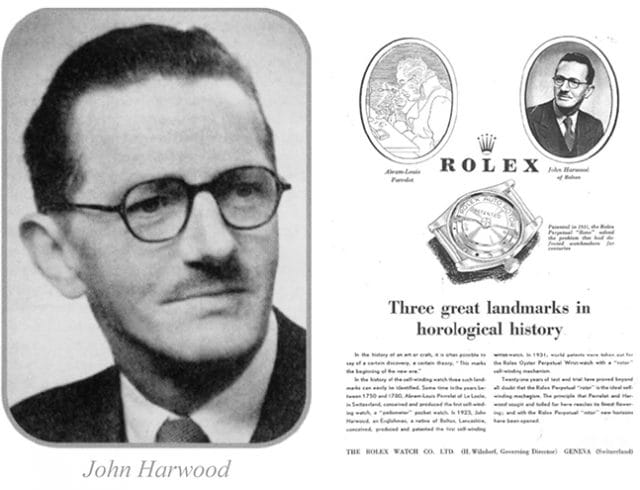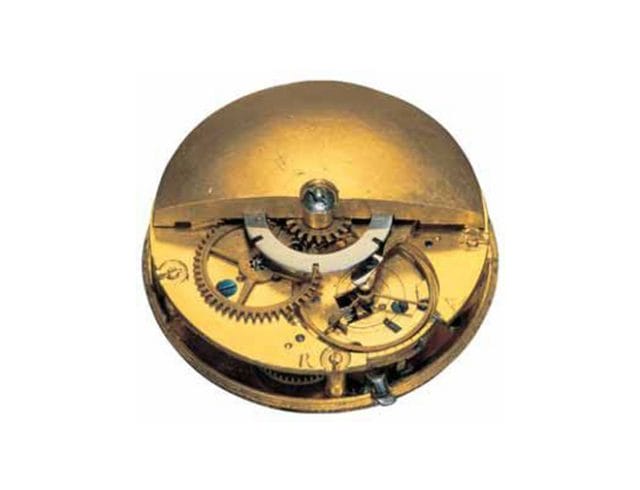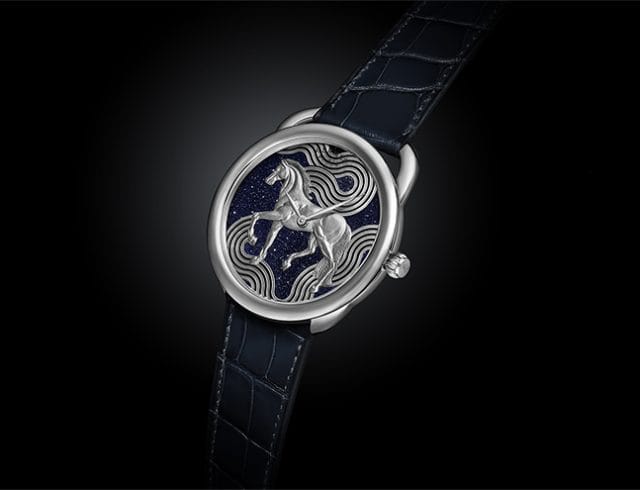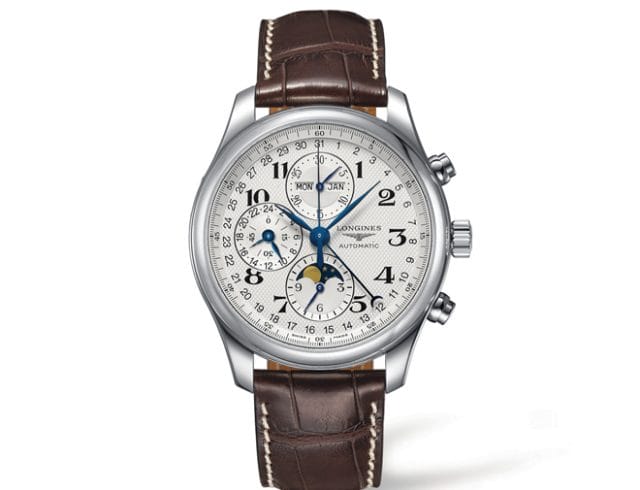
What is a self-winding watch? You might have come across this term while looking for the next vintage watch to purchase, or might be wondering why it is not listed in The Men’s Folio Glossary of Watch Terminologies (if you have not already, do drop by for a look. P.S, we have updated it.)
When people hear the term self-winding, the first thing that comes to mind is they have to wind the watch, like a manual winding watch. Unfortunately that is not true.
A self-winding watch is in fact an automatic watch, because it winds by itself — hence the term. Both descriptors can be used interchangeably, just that one is a little more confusing than the other.
How did automatic watches come about then and who invented it? A certain John Harwood hailing from Bolton, England successfully created and patented the Harwood system in 1923, which used a free-swinging (limited to about 180°) pivoting weight to wind the watch.
—
With the help of Swiss watch manufacturer Fortis, a batch of wrist watches were produced and went on sale in 1928. Unfortunately, John Harwood’s company collapsed in 1931 during the Great Depression.
Rolex came along and improved the Harwood system, which saw the birth of the Perpetual rotor. Using the same concept of a free-swinging weight, Rolex opted to allow the rotor to swing 360° which allowed the watch to operate autonomously for 35 hours compared to Harwood’s eight.
There was a dispute as to who invented the first automatic movement but later Rolex acknowledged the Harwood system in one of its advertisements. Within it was a portrait of another gentleman known as Abraham-Louis Perrelet.
Born in 1729, Perrelet was a horologist with many inventions credited to his name — one being the invention of the automatic mechanism in 1777. The mechanism was housed in a pocket watch with an oscillating weight that would wind the watch whenever there was movement.
However, the world was not ready for it, deeming it too complex and expensive to produce.

Abraham-Louis Perrelet’s invention
The creation of the Perpetual rotor revolutionised the watch industry and formally paved the way for the production of automatic watches.
Today, these watches are a mainstay in the watch market and here are some that would pique your interest now that retail stores are ready to open this Friday.
—
Rolex Datejust 36

It is nearly impossible to not mention Rolex given the contributions made. In many aspects, the Datejust is regarded as the quintessential modern day watch. It is a symbol of quality and reliability that many consumers, and even watch manufacturers look to as a benchmark.
The fluted bezel, jubilee bracelet as well as the cyclops magnifier which sits atop the sapphire crystal are an iconic combination that will withstand the test of time.
—
Longines Master Collection
What would a time travelling Korean Emperor’s choice of watch be if he had to pick one? It seems Emperor Lee Gon’s (as portrayed by Lee Min-ho in The King: Eternal Monarch) pick is the Master Collection Chronograph.
A stopwatch, full calendar and a moonphase indicator seems pretty appropriate for his time travelling exploits. Of course it is an automatic movement, powered by the reliable calibre L687.
It may not be clear in the picture above but the folks at Longines confirmed this is the watch worn by Lee Min-ho. It is worth pointing out he is not an ambassador for the Swiss brand, Longines chose to work with the production house to have the watches as part of the costumes.
—
Hermès Arceau Cheval Cosmique

Hermès’ new piece d’art follows its equestrian roots with an emblem of a trotting horse set against a sparkling aventurine dial.
The animal and wavy patterns are made of white gold through a series of engraving and relief-engraving methods. A matching abyss blue alligator strap is attached to the asymmetrical lugs. Beneath the ornate dial lies the in-house manufactured self-winding calibre H1837.
—
Rado True Square Automatic Open Heart

Rado’s expertise in high-tech ceramic sees a new shape added into the True family of watches. As the name suggests, it is a squared watch made of ceramic that is not only light and strong but also highly scratch resistant. The automatic calibre C07 within has been skeletonised to omit unnecessary portions and reveal the inner workings of the mechanism.
With a power reserve of 70 hours, the True Square Automatic Open Heart will be ready for action come Monday morning after lying on the dresser over the weekends.







